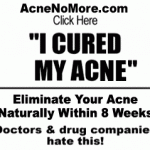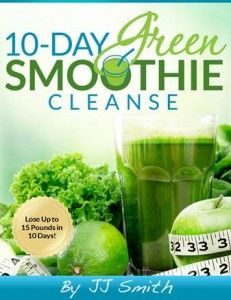Adult Acne in Women – Causes and Treatment
It’s a sad fact that past the age of twenty, more women suffer from adult acne than men. Adult acne affects about half of women in their twenties and about a third of females in their thirties. Although adult acne is usually less severe than teenage breakouts, it is still a troublesome condition. What can women do to get rid of adult acne?
The Truth About Adult Female Acne
Most adult acne in women is hormonal. It is caused by fluctuating hormone levels that is the signature of every menstruating female. Interestingly, it is the male hormone testosterone that causes hormonal acne. Yes, women also produce testosterone – it regulates female hormones, increases libido, and helps maintain muscle and bone mass. When testosterone levels rise, it also triggers the skin’s sebaceous glands to produce more oil than usual. These accumulate with dead skin cells and dirt and clog the pore, which leads to acne.
Pimples have become a normal part of PMS for many women. This happens a few days after testosterone levels peak during ovulation. Many pregnant women also get telltale pimple breakouts on the first or second trimester. At this time extra testosterone is produced for the extra person growing in the womb. Even menopausal women can get acne – especially if they’re using hormone replacement therapy with testosterone.
Stress also causes testosterone levels in the body to increase. That is why acne gets worse for many students and working women during exams or before deadlines. Femme fatales on the night prowl should also watch out – lack of sleep is one of the body’s greatest stressors and can cause pimple breakouts. Some studies have also hypothesized that extra fat from sugary or oily foods can be converted into extra testosterone, which causes acne flare-ups.
Other causes of acne in women include cosmetics, certain drugs, and chemical irritants in the environment. Some cosmetic products are comedogenic – meaning they block the pores and cause acne. Certain drugs can also trigger acne flare-ups. These include some anti-epileptics, antituberculous drugs, antidepressants, phenytoin (Dilantin), isoniazid, lithium, Cyclosporin, cyanocobalamin, corticosteroids, and some birth control pills. Women working in chemical plants, laboratories, waste handling facilities, coal mines, construction, roofing, and auto shops may also be exposed to halogens, coal tar oils, and crude oil that can cause severe acne.
How to Treat Adult Female Acne
Back in high school, dabbing some benzoyl peroxide, salicylic acid, or retinoid on pimples may do the trick. This basic acne treatment may work for most women, but for those suffering from more severe or stubborn acne these are not enough. For best results, an all-around approach against acne is key. This means treating acne both from inside and outside the body, combining topical treatments with good nutrition and exercise. Incorporating lots of fruits and vegetables into your diet is an effective natural acne treatment that boosts your natural supply of skin vitamins. Exercise is also a good way to promote skin circulation, reduce stress, and normalize hormone levels in the body. Sometimes lifestyle changes can also go a long way in fighting acne. Just remember – there is no single blanket solution against acne. Feel free to experiment with different products and regimens until you find one that suits you.
Karina Miranda is a writer for Acne-Vitamins.com, which offers natural clear skin products and a free guide to vitamins for acne. Visit us today to learn about the benefits of vitamin b5 acne treatment. This article may be republished provided that the author’s information and all active links are left intact.

